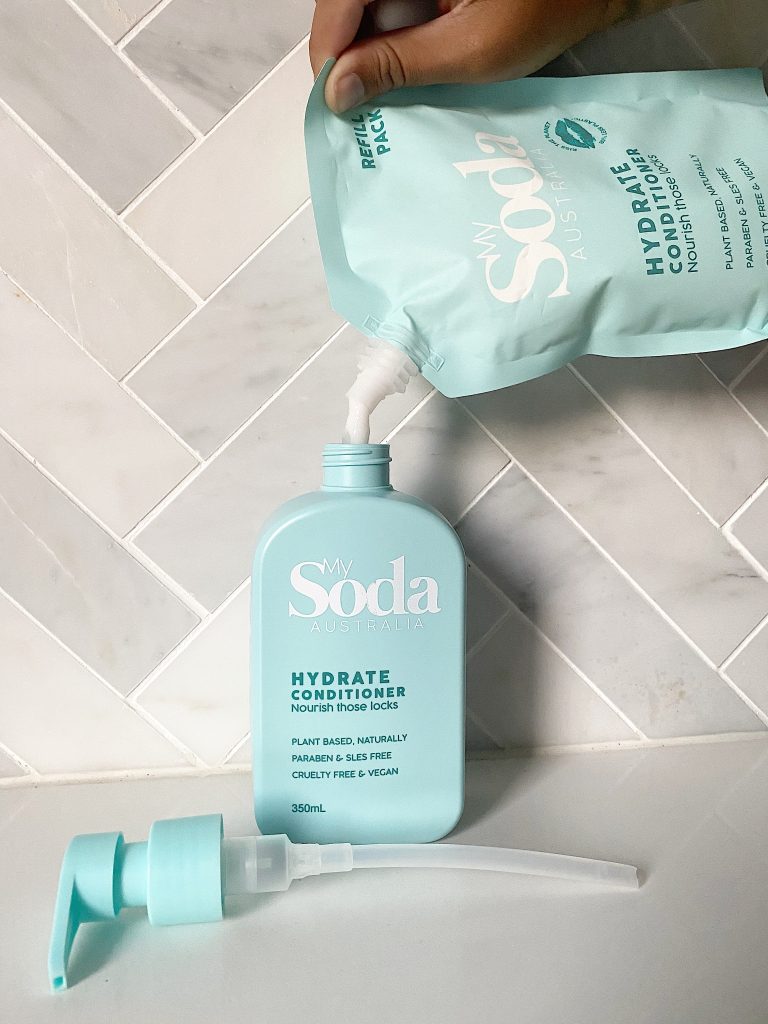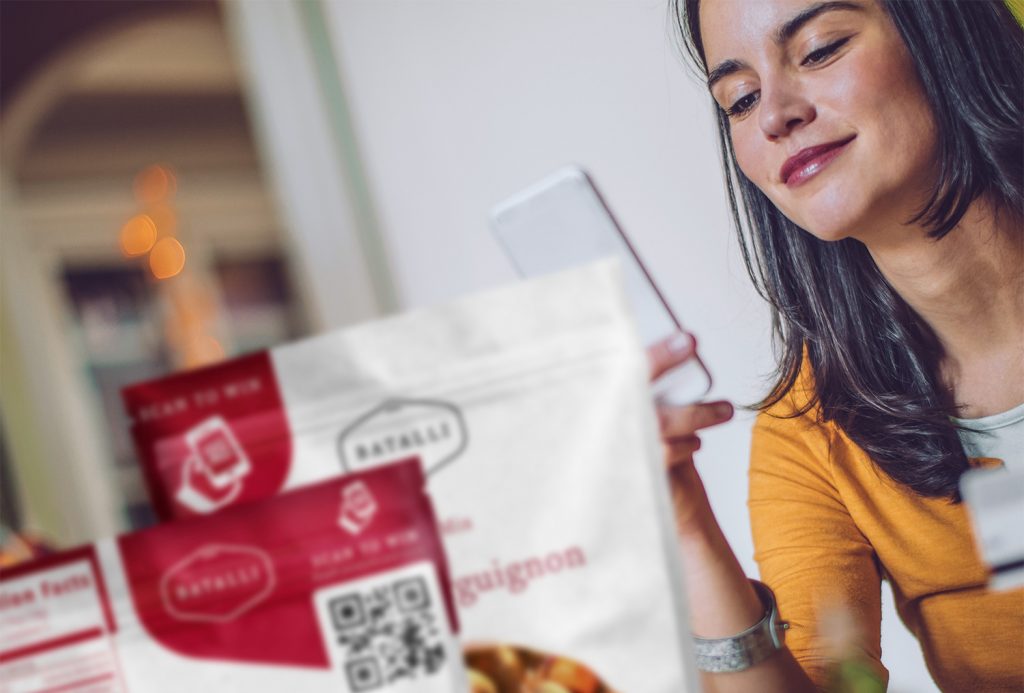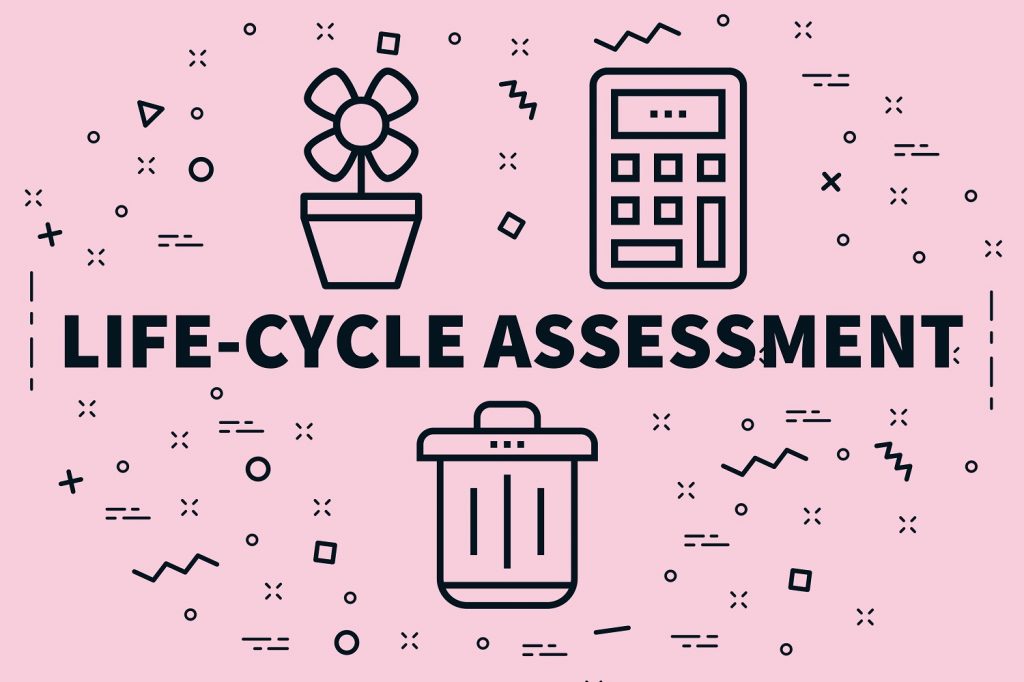Circular Design through Reuse and Refill
In an effort to eliminate single use plastics and reduce unnecessary packaging we are seeing a significant increase in Reusable and Refillable packaging programs across all corners of the globe.
Circular Design through Reuse and Refill Read More »



